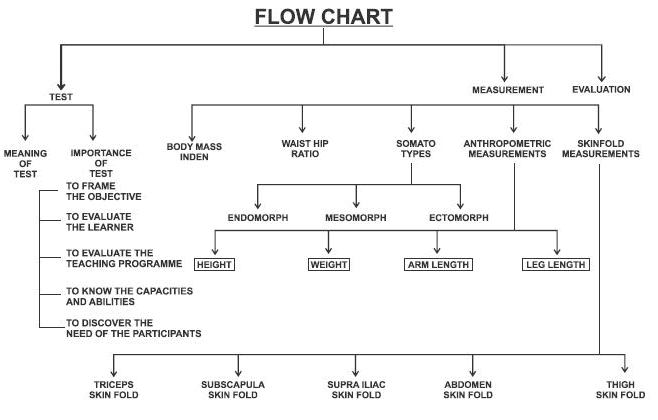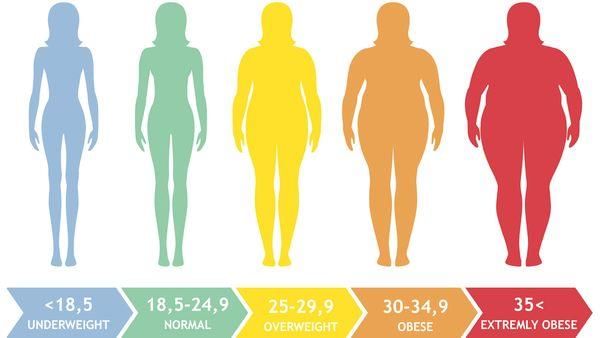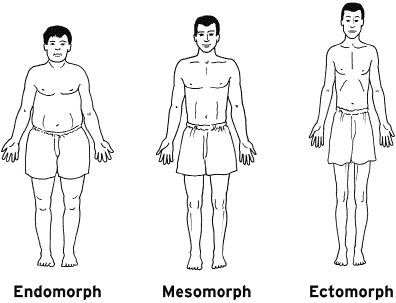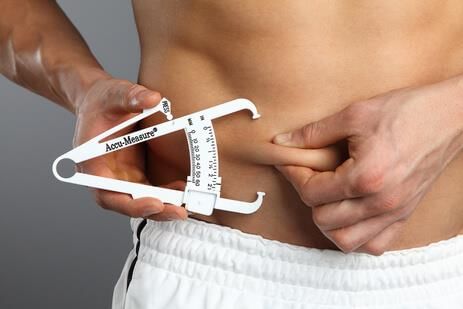Revision Notes, Test, Measurement & Evaluation, Physical Education | Physical Education Class 11 (XI) - CBSE and NCERT Curriculum PDF Download
Test, Measurement & Evaluation
7.1 Definition of Test
7.2 Definition of Measurement
7.3 Definition of Evaluation
7.4 Importance of Test, Measurement, and Evaluation
7.5 Calculation of B.M.I and Waist-Hip ratio
7.6 Somato-Types (Endomorph, Mesomorphy & Ectomorphy)
7.7 Procedures of Anthropometric Measurement - (Height, Weight, Arm and Leg Length)
 Fig: Flow chart of test and measurementTEST AND MEASUREMENT IN SPORTS CHAPTER-7
Fig: Flow chart of test and measurementTEST AND MEASUREMENT IN SPORTS CHAPTER-7
TEST
A test is a tool which is used to evaluate the skills, performance, and reliability of the task completed by a sports person.
MEASUREMENT-
Measurement is about the collection of data about performance or task completed by a sports person by using a test.
Evaluation: It is a systematic determination of a subjects' merit, worth and significance, using criteria governed by a set of standards.
IMPORTANCE OF TEST AND MEASUREMENT -
1. To frame the objectives.
2. To evaluate the learners.
3. To evaluate the teaching programme.
4. To know the capacities and abilities.
5. To discover the needs of the participants.
BODY MASS INDEX (B.M.I.)-
It is the value derived from the mass (weight) and height of an individual. Fig: Body Mass IndexFORMULA FOR CALCULATING B.M.I. -
Fig: Body Mass IndexFORMULA FOR CALCULATING B.M.I. -
Body Mass Index =
WAIST-HIP RATIO-
Waist Hip Ratio is the ratio of the circumstances of waist to that of the hips.
FORMULA FOR CALCULATING WAIST-HIP RATIO-
Waist-hip ratio =
SOMATO TYPES (ENDOMORPH, MESOMORPH, ECTOMORPH)
Somato Types means human body shape and physique type. Fig: Body TypeAccording to W.H. Sheldon, human beings can be classified into three extreme body types i.e.
Fig: Body TypeAccording to W.H. Sheldon, human beings can be classified into three extreme body types i.e.
1. ENDOMORPHY-
People with endomorph body structure have rounded physique. Their excessive mass hinders their ability to compete in sports. Suitable games weightlifting and powerlifting.
2. MESOMORPHY-
People with mesomorphy body structure have thick bones and muscles with a rectangular shaped body. They have a larger and broader chest and shoulders and can be top sports person in any sport.
3. ECTOMORPHY-
These are slim persons because their muscles and limbs are elongated. They have a flat chest and have less muscle mass. They have less strength but dominate endurance sports.
PROCEDURES OF ANTHROPOMETRIC MEASUREMENT (HEIGHT, WEIGHT, ARM AND ARM LENGTH & SKINFOLD)
Meaning of Anthropometric measurement.
Anthropometric measurements mean measurements of height, weight, arm, leg length, waist circumference, and skin folds etc.
HEIGHT - Height of an individual must be measured using a stadiometer to the nearest half of a centimeter.
Weight - Correct weighing machine should be used and measurement must be recorded to the nearest 0.1 k.g.
Arm Length - Measurement should be done from the body tip of the shoulder to the tip of the little finger.
Upper Arm Length - To measure the upper length the arm should be bent 90 degrees at the elbow with the palm facing upwards.
Leg Length - It can be measured by using flexible steel tape from the outside edge of the center of the foot to the upper edge of the greater trochanter.
Upper Leg Length- Bend the knee at 90-degree angle & sit up straight. Measure the upper leg length from inguinal crease to the proximal border of the patella to the nearest of 0.1 centimeters.
SKINFOLD MEASUREMENTS - Fig: Skinfold measurement Arms (triceps) skin fold
Fig: Skinfold measurement Arms (triceps) skin fold
Sub Scapula skin fold
Suprailiaskin fold
Abdomen skin fold
Thigh skin fold
|
33 videos|47 docs|23 tests
|
FAQs on Revision Notes, Test, Measurement & Evaluation, Physical Education - Physical Education Class 11 (XI) - CBSE and NCERT Curriculum
| 1. What is Test, Measurement, and Evaluation in Physical Education? |  |
| 2. What are the different types of tests used in Physical Education? |  |
| 3. What are the benefits of Test, Measurement, and Evaluation in Physical Education? |  |
| 4. What is the difference between Formative and Summative Evaluation? |  |
| 5. How can teachers use Test, Measurement, and Evaluation data to improve their teaching? |  |






















